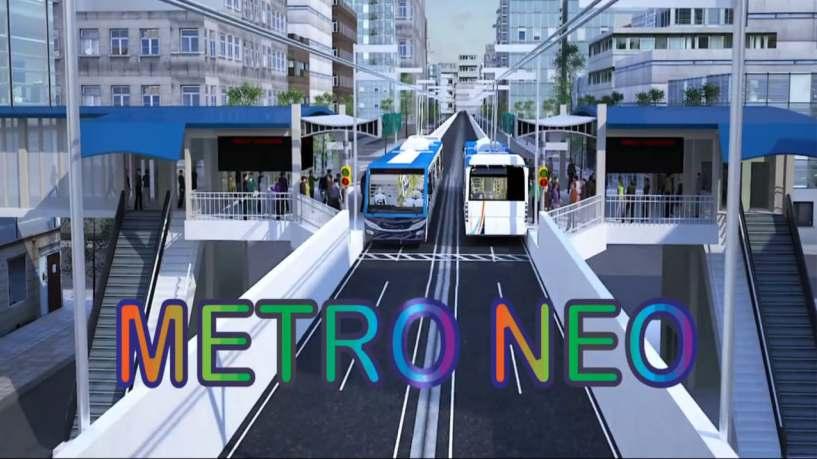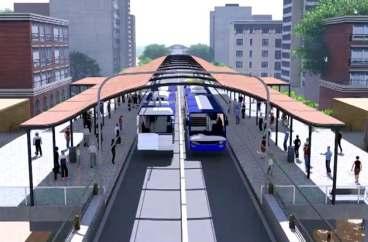
3 minute read
Exclusive Interview
Nashik to get India's first MetroNeo System: Dr. Brijesh Dixit, MD, Maha Metro
Dr. Brijesh Dixit, MD, Maha Metro
Advertisement
Union Finance Minister Nirmala Sitharaman announced Rs 5,796 crore for Nagpur Metro Rail Project Phase II and Rs 2,092 crore for ashik MetroNeo on Feb 1, 2021, in a boost to the infrastructure development in Maharashtra. In a recent interaction with Dr Brijesh Dixit, managing director of Maharashtra Metro Rail Corporation Ltd (Maha Metro), Who are working "MetroNeo" a lighter metro system compare to Metro Rail in Nashik. Here are
excerpts from the interview:
When Maha Metro will start work on MetroNeo and get completed?
A formal announcement was made but sanctioning is still pending. When the formal sanctioning is done, It will take the next four years to ready the Nashik MetroNeo. This is an innovative Mass Rapid Transit System providing low-cost, energy-efficient and eco-friendly mass transportation, forTier 2/3 cities. Detailed Project Report (DPR) estimated at 2100.60 Cr, for Nasik City (33 Km, with 30 Stations). It will be ultra-modern and state-of-the-art. The experience of travel will be the same as Metro in Delhi, Mumbai, Chennai, Nagpur and Pune. Both central as well as the state government will help in the construction of this facility. There will be debt funding from an overseas agency. From Maharashtra government's side, the Nashik Municipal Corporation, CIDCO and MIDC will also help.
What is the difference between Metro Rail in big cities and MetroNeo?
This is an innovative technology and it is being used in Nashik after already being widely accepted in various other countries and cities. It will be a tyre-based Metro network, which will not have tracks. It has rubber tyres which help the Metro move on flat surfaces. This will be an elevated rail service and has overhead electric traction so it will be the first time that this technology will be put to use in an integrated way.
Compared to the metro cities, the traffic in tier-2 and tier-3 cities will be very less and for them, this technology will be extremely cost-effective and will provide mass transport system to the public.
INNOVATIVE COST_EFFECTIVE MOBILITY SOLUTION FOR TIER 2/3 CITIES
Howcost-effective is MetroNeo technology?

Impressed with the potential of the Metro-Neo system, The rush hour traffic in tier-2 and tier-3 cities is very low compared to metro cities. If we try to use heavy Metros here, the expenditure will not be financially viable. MetroNeo can be constructed at one-fourth the cost ofthe heavy-duty Metro rails in Mumbai or Delhi.
Is this technologyused anywhere else in the world?
In tier-2 and tier-3 cities, we see a lot of two-wheeler and fourwheeler vehicles that are used by people. So, in many foreign nations, trams are pressed into service in such smaller cities. But in India, trams would not work and cause congestion.
So, there is a need for an alternate mode of the mass transportation system. The Ministry of Housing and Urban Affairs found in a survey that in India, because of the heavy congestion on road, more space cannot be shared with another mass transportation system. So, we decided to make it elevated. In the elevator corridor, we can have elevated overhead electric traction. This combination is unique so different technologies have been brought together in the form of MetroNeo for the first time ever. And I am hopeful that Nashik will be the first where this will be seen and will herald a new beginning for all tier-2 and tier-3 cities in the country. More and more cities should adopt this solution.

(The article first appeared on www.indiatoday.in and authored byVidya)










